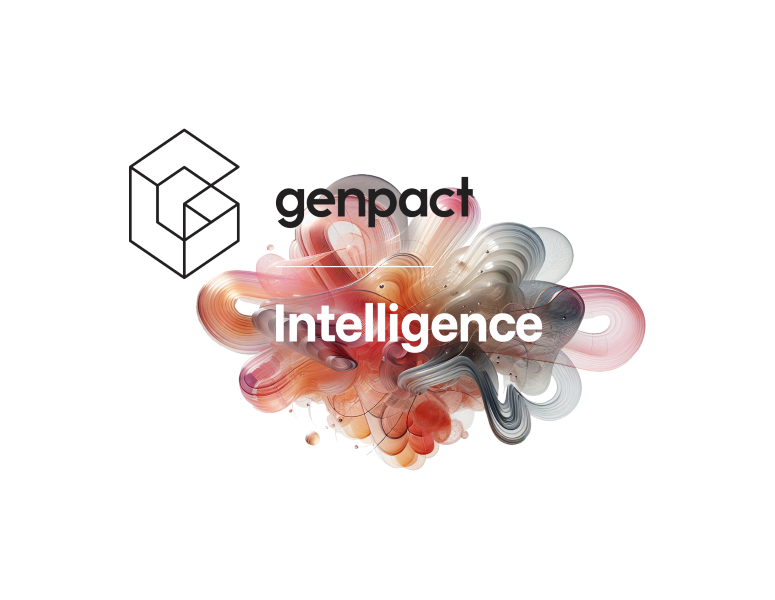Meet the industry-leading companies we partner with to scale the impact we generate for clients.
Retailers know that customers expect personalized experiences and instant access to products and services. At the same time, supply chains are under strain and margins are being squeezed by rising costs and digital disruption.
The operating models of the past – designed mainly for stability and scale – struggle to keep pace with the speed and complexity of today's retail environments. And looking to the future, the need for change is clear.
The solution? It's not about replacing people with AI but also reimagining how they work together.
The retail operating model of the future is built on a partnership between AI and people, where AI can deliver speed, scale, and precision, while people provide creativity, empathy, and judgment.
Why the AI and people partnership matters
AI fatigue is real. AI, in all its forms, is the buzzword of the moment. But for retailers who can embrace it rather than fear it, the potential benefits are clear. They should be better equipped to:
Be more agile to meet and predict consumer demand in near real time
Improve customer experience with personalized journeys that are efficient and human
Create strong supply chains by predicting disruptions and automating responses
Empower employees by reducing admin so they can focus on strategy and creativity
Support sustainability by uncovering data-driven insights for better decision-making
In short, retailers can create an AI-powered model that works better for business and better for people.
How AI can support retail ops
Some retailers are already turning this vision into reality. Working alongside them, we've identified some areas where AI offers the greatest advantage:
In daily operations: AI should be a collaborator. In practice, this means AI can help with retail pricing, digital shelf management, and customer support chatbots. Then, people add the necessary empathy and context to make sure technology augments rather than replaces service
In merch and inventory: Merchandising strategy is being strengthened by AI models that analyze demand signals, social trends, and competitor actions. Merchandisers can use these insights for brand, creative, and seasonal decisions. This connection between machine analysis and human storytelling is the future of assortment planning
In customer engagement: Shared learning between AI and employees can improve customer interactions over time. AI learns from the prompts people put in, and people learn from the suggestions AI pushes out to anticipate behaviors and strengthen relationships
And more: Of course, there isn't a single perfect model or use case for AI in retail that will solve every problem. But blending it into the end-to-end operations strategy – from marketing content creation to supply chain optimization and planogram compliance – without fear or resistance is where the magic happens
Taking precautions
While we're encouraging retailers to embrace AI, it still needs human oversight. These are some of the areas that need extra attention:
Governance: AI must be transparent, ethical, and explainable to earn customer and employee confidence
Literacy: All employees will need AI literacy at some level to confidently collaborate with intelligent systems as part of an AI-supportive culture
Data: AI is only as good as the data that goes into it. If there isn't a strong data foundation in place already, now is the time for retailers to fix that
Flexibility: The retail industry is constantly changing, so ops models need to be fluid enough for AI-powered teams to form, evolve, and dissolve to meet new priorities
So, what does this look like in practice?
A glimpse into the store of the future
With the help of AI, we expect the retail store of the future to look very different. But it should also feel more human than ever.
Prices, promotions, and assortments adjust dynamically in response to demand, yet always within guardrails set by people
Customer service teams are guided by AI to anticipate needs before a shopper asks
Supply chains self-correct to meet demand, while people focus on strengthening supplier trust and resilience
Store layouts evolve based on digital simulations tested globally and refined locally
Sustainable practices become the norm as AI helps employees reduce energy consumption, prevent waste, and prioritize ethical sourcing
Global innovation hubs are powered by AI to rapidly test and scale new formats, while regional managers tailor them for cultural relevance
From tool to collaborator
The next generation of retail operating models will not be defined by AI. It will be shaped by the choices retailers make about how people and AI work together.
This calls for bold leadership and a change in mindset: viewing AI not just as a tool to manage but also as a collaborator to unlock new value. Retailers who embrace this vision will not just weather disruption – they will be resilient enough to shape the future for years to come.




